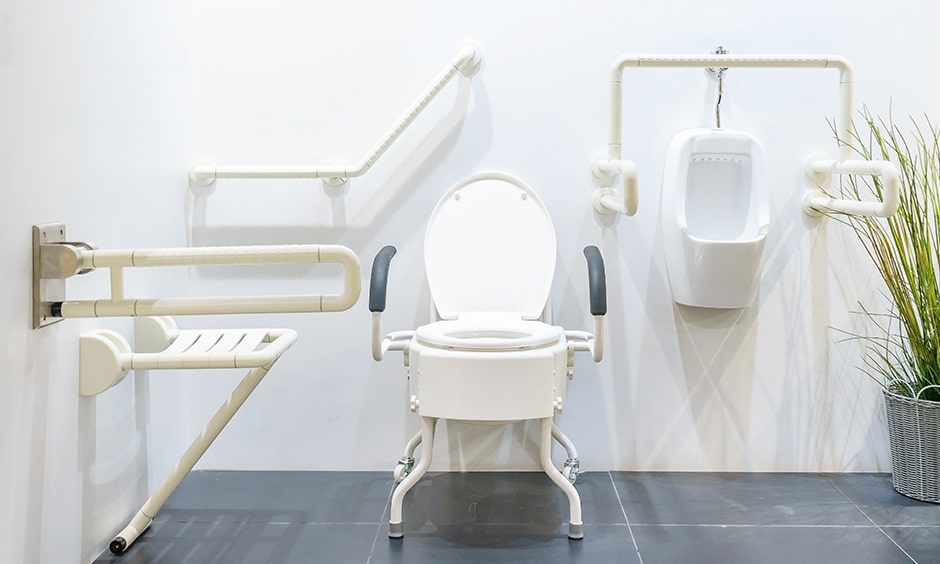In today’s world, ensuring the safety and security of our homes is paramount. One of the key aspects of home safety is being prepared for unexpected emergencies like fires. This brings us to the importance of home fire drill tips. Conducting regular fire drills at home can be the difference between life and death during an actual emergency. It is crucial to understand the significance of these drills and how they can be effectively implemented in every household.

Why Are Home Fire Drills Important?
Fire drills are not only essential in schools and workplaces but also in homes. Practicing these drills helps family members understand the quickest and safest ways to exit the house in case of a fire. It creates a sense of preparedness and can significantly reduce panic during real fires. According to the fire escape route planning, having a well-thought-out escape plan is one of the most effective ways to ensure safety.
Creating an Effective Fire Escape Plan
A fire escape plan is the cornerstone of any home fire drill. Begin by drawing a floor plan of your home, marking all possible exits, including doors and windows. Ensure that there are at least two escape routes from each room. Discuss this plan with all family members and ensure everyone understands it. For more details, you can refer to adaptive equipment for home safety.
Choosing a Meeting Spot
Deciding on a safe meeting spot outside the home is crucial. This spot should be a safe distance from the house and easily accessible to all family members. It ensures that everyone can be accounted for quickly, reducing the chance of someone returning to a burning building.
Conducting Regular Fire Drills
Once the escape plan is in place, it’s time to practice. Conducting regular fire drills helps reinforce the escape plan. Begin by explaining the drill steps to all family members, then simulate a fire scenario by setting off a smoke alarm. Everyone should practice their escape routes, ensuring they reach the meeting spot quickly and safely.
Simulating Real-Life Scenarios
While practicing, consider simulating real-life scenarios. For instance, block certain exits to mimic a real fire situation where certain exits might be inaccessible. This will help family members think on their feet and use alternate escape routes.
Teaching Children About Fire Safety
Children need to understand the importance of fire safety from a young age. Use age-appropriate language to explain what to do in case of a fire. Encourage them to memorize their escape routes and practice the drills regularly. For more insights, visit child safety alarms.
The Role of Smoke Alarms
Smoke alarms are a vital part of home fire safety. Ensure that they are installed in every room and hallway. Regularly check and replace the batteries to ensure they are in working condition. A functional smoke alarm can provide the early warning needed to evacuate safely.
Checking and Maintaining Smoke Alarms
Test smoke alarms monthly and replace their batteries at least once a year. If an alarm is more than ten years old, it’s time for a replacement. This small step can save lives.
Preparing for Special Needs
Consider any family members with special needs when planning your fire drills. This includes children, the elderly, or anyone with mobility issues. Ensure that there are specific plans in place to assist them during an evacuation. Check out home modification tools to learn more about how to assist these family members.
Assigning Responsibilities
Assign roles to family members, such as someone to assist with evacuating children or pets. This ensures that everyone knows their responsibilities during an emergency and can respond quickly and efficiently.
Common Mistakes to Avoid
While preparing for fire drills, it’s easy to make mistakes. Avoid the common pitfall of assuming everyone knows what to do. Regular practice and communication are key. Never ignore the importance of checking that all exits are accessible and free from obstructions.
Overlooking Windows as Exits
Many people forget that windows can serve as viable escape routes. Ensure that all windows can be easily opened and that everyone knows how to safely exit through them.
Review and Update Your Plan
Regularly review and update your fire escape plan. Changes in the house layout or family dynamics may require adjustments to the plan. Keep everyone informed of any changes and practice the updated plan.
Incorporating Technology
Consider using technology to enhance your fire safety plan. Smart smoke alarms and emergency alert systems can provide additional layers of protection and ensure timely evacuation.
Conclusion
Incorporating home fire drill tips into your family’s routine is a proactive step toward ensuring their safety. By preparing and practicing regularly, you can minimize risks and ensure that everyone knows how to react in case of a fire. Remember, safety is a shared responsibility, and being prepared can make all the difference.

FAQs
How often should we conduct home fire drills?
It’s recommended to conduct fire drills at least twice a year to ensure everyone knows the escape plan.
What should we do if a family member is missing during a drill?
During a drill, if someone is missing, practice returning to the last known location safely. In real situations, inform the fire department immediately.
How can we involve children in fire safety?
Use age-appropriate language to explain the importance of fire safety and encourage them to participate in drills. Make it a learning experience by incorporating fun elements.
This article contains affiliate links. We may earn a commission at no extra cost to you.

